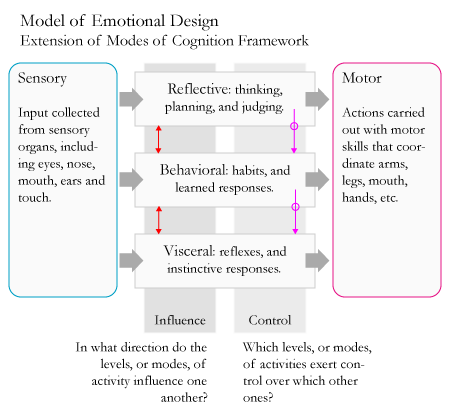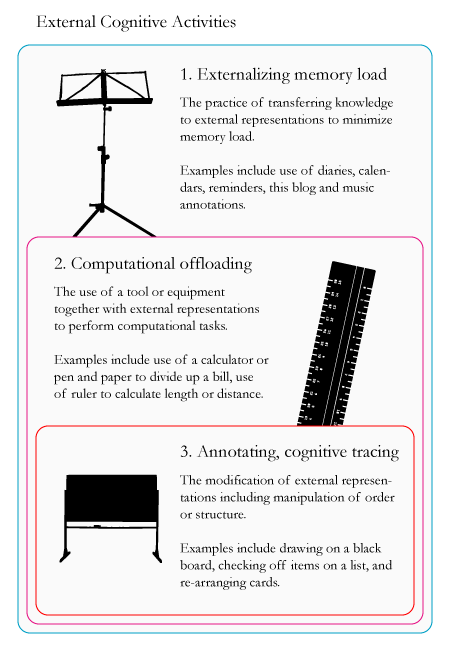So what is coordination? Coordination is the “the regulation of diverse elements into an integrated and harmonious operation” (wordnet.princeton.edu/perl/webwn). In other words, coordination refers to the phenomenon where one or more people act or interact with to accomplish a goal or complete a task. Much of the thinking related to coordination focuses on group, rather than personal, activities.
Sharp, Rogers, and Preece have identified three different types of coordination mechanisms that people use to coordinate their actions with others. I’ve modified their framework by adding one additional type of mechanism; I decided to break down their second category into two separate entities. As you will note, these coordination mechanisms are interdependent and overlapping.
- Conventions and shared practices: Conventions and shared practices refer to the shared social and cultural understandings and beliefs that provide a foundation for coordination. Examples include cultural expectations about punctuality, shared understandings regarding meaning of activities or artifacts. These phenomena account for why it can often be harder to coordinate activities with people from different socio-cultural backgrounds. Shared conventions and practices along with verbal and non-verbal communication play a key role in enabling people to effectively use schedules, rules and shared external representations to coordinate activities.
- Verbal and non-verbal communication: spoken and written language, and non-verbal gestures are often used as primary means of communication for the coordination of activities. Conversations are an important medium for the coordination of activities and negotiation of commitments. Written documents, such as agendas, presentations and reports, are also common tools for coordinating groups. Gestures play an especially important role in supporting the coordination of activities in situations where the conditions do not allow for users to communicate using verbal communication; examples include, a catcher using hand signs to communicate with a pitcher and a conductor using the motions of his arm and baton to lead an entire orchestra. Gestures can also help support communication between people who do not share the same language.
- Schedules, maps and rules: Schedules, maps and rules are artifacts that document communications that outline the order of activities, conventions and shared practices. Schedules focus on organizing activities and objects across time while maps organize activities and objects across space – both are crucial tools for personal and group coordination. Rules offer descriptions of conventions, shared practices and other principles that facilitate the coordination of activities. The benefit of rules and schedules is that they enable groups of people with different practices and conventions to create a shared set of documented principles to guide their coordination and collaboration.
- Shared external representations: Shared external representations are schedules, rules and other forms of visual or physical artifacts that are shared by a group of people. Examples vary widely across industries; in agencies like the one where I currently work, a job jacket and router is used to provide information regarding who has reviewed and commented on a given project during each round of its development. Shared online calendars, such as google calendar, offer the ability to share schedules and create shared external representations in a virtual, as opposed to physical, environment.
Conventions and shared practices reside in the mind and are largely governed by cognitive processes such as memory, learning, and higher reasoning. While cognitive processes associated to language enable us to use verbal communication and plays an important role in our ability to create and understand external representations.
Externalizing cognitive activities is a crucial element most types of coordination mechanisms. Memory offloading is a crucial benefit provided by schedules, maps, rules, and external representations. Computational offloading is often employed using verbal communications and shared external representations. Annotating and cognitive tracing is mostly used on schedules, maps, and shared external representations.
[source: Interaction Design: Beyond Human-Computer Interaction.]
** What the hell is ID FMP? **

